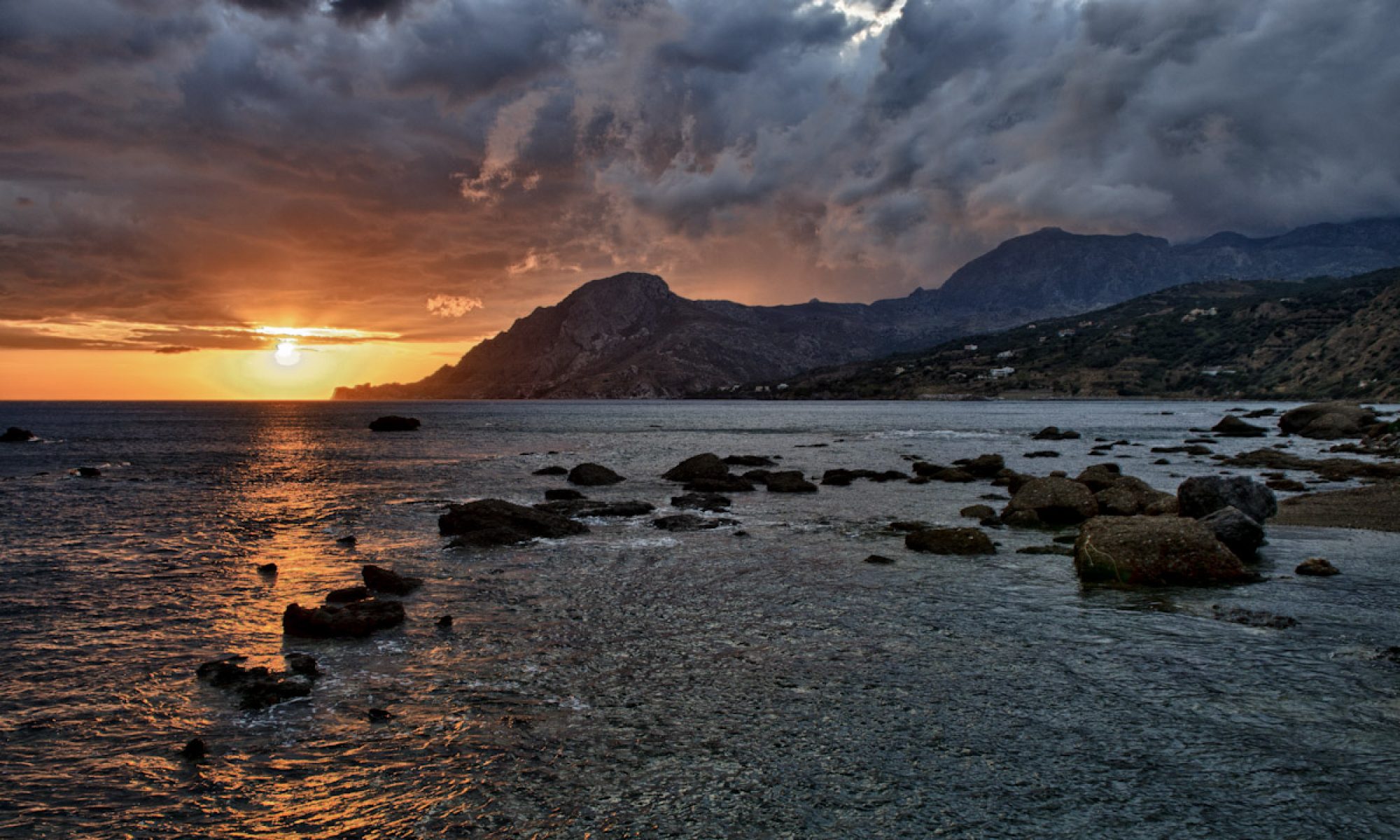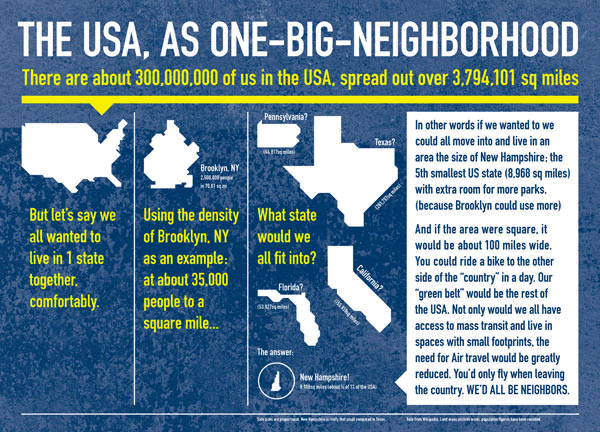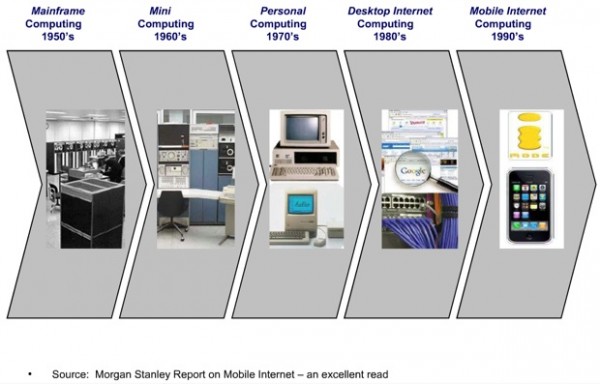This year is looking like an expensive one for my photo habit.

- Image via Wikipedia
Just this morning I downloaded the newest version of Adobe’s Photoshop CS5. I skipped the last version and have been happily running CS3 since 2007 but between no support for the later camera raw updates and a few compelling features (like their revised HDR engine) and I decided it was time to update.
And yesterday I finally bit the bullet and ordered a 50mm f/1.4 lens. I’ve been wanting this lens for quite a while now but have had other financial obligations that kept me from putting down the money. On my D300 this will give me a really nice short telephoto angle of view which should make for a good portrait/street lens. In fact, with my 20mm, 50mm and 105 mm lenses I might abandon zooms for a while.
Next up will be Adobe’s update to their Lightroom product. I’ve been a big fan ever since it was announced and I plan on keeping up with the latest versions since, unlike the 20 year old Photoshop, this young product offers pretty significant changes in every release.
But My real expected expense this year will be in the form of a new camera. The rumors are swirling about a new offering from Nikon and I hope that what they announce will match what I’m targeting. I’m really interested in a D700 + video. To me the D300/D700 offer the perfect product falling between the more consumer-oriented cameras and the big professional tanks. The newer Nikon D300s (the replacement to my D300) is a great camera but the D700 provides the full frame sensor and better low-light performance from the larger pro cameras. I’m hoping that the new release will provide some updates to the image sensor for even better low-light performance and nice HD video. I suspect they might restrict the video to 720 (rather than 1080) but I’m fine with that (heck, my tv at home is only 720 and it looks pretty darn good).
I’ve had a few other minor purchases, which I’ll write about some day, including some neutral density filters that I’ve only had a little opportunity to play around with but these costs are pretty minor compared to those already listed on the page.
And then there’s the 4/3 camera platform .. if the right one were to be released this year… hmm..






